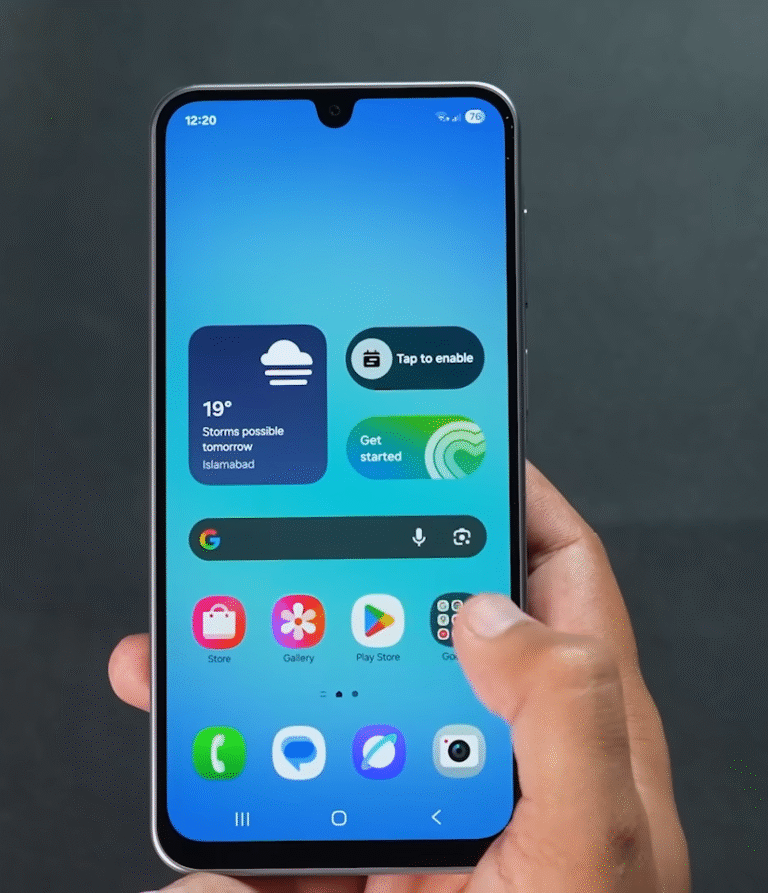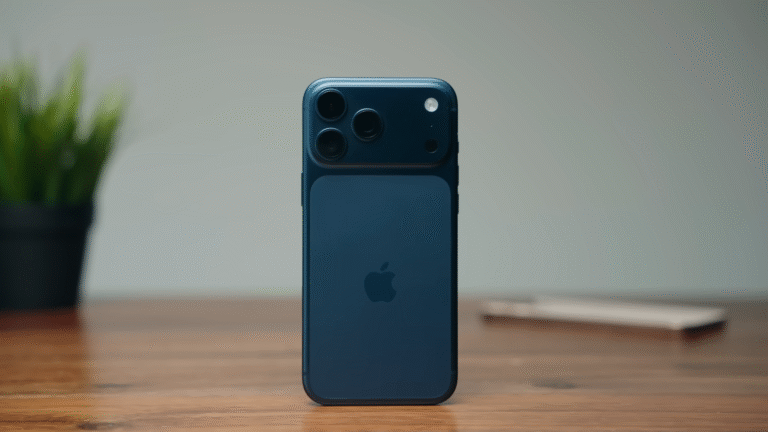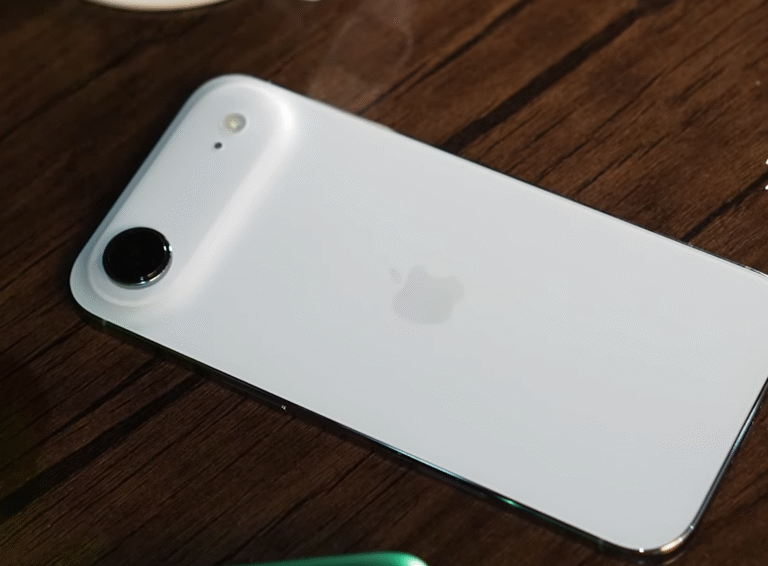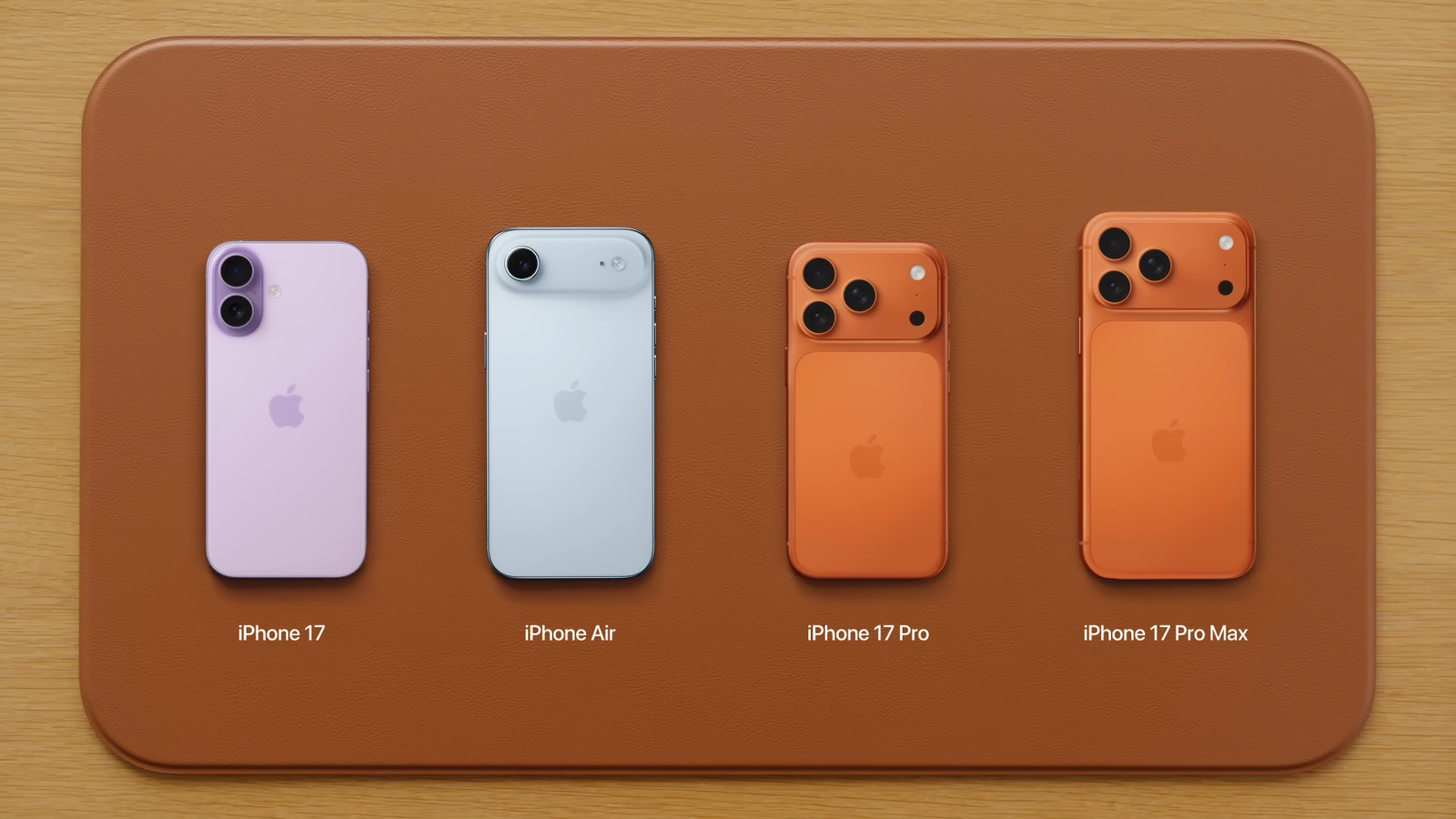
Apple has unveiled its most ambitious iPhone lineup yet, bringing four unique models for 2025. This year’s launch introduces the familiar flagship models — iPhone 17, iPhone 17 Pro, and iPhone 17 Pro Max — along with a brand-new addition to the family: the iPhone Air. Each model brings its own style, performance level, and target audience, making the decision more exciting and also a little harder for buyers.

Here’s a clear and simple breakdown of what makes these new iPhones stand out and how they fit different kinds of users.
The New iPhone 17: Balanced Power for Everyday Users
The standard iPhone 17 is designed for users who want a smooth, powerful experience without needing every pro-level feature. It carries a beautiful modern design with a selection of new colors like Sage, Mist Blue, Lavender, White, and Black, giving it a fresh and youthful appeal.
Apple has improved the display quality with a more fluid 120Hz refresh rate for smoother scrolling and gaming. The screen is protected by Apple’s stronger Ceramic Shield glass, helping resist scratches and damage from daily use. Under the hood, the new A19 chip boosts speed and responsiveness for apps, games, and multitasking.
On the back, the phone has a 48MP Dual Fusion camera system, capable of producing crisp, detailed photos in any lighting. The new Center Stage front camera makes video calls and selfies more dynamic by automatically keeping you in the frame. With all-day battery life, the iPhone 17 is an excellent all-round choice for most people.
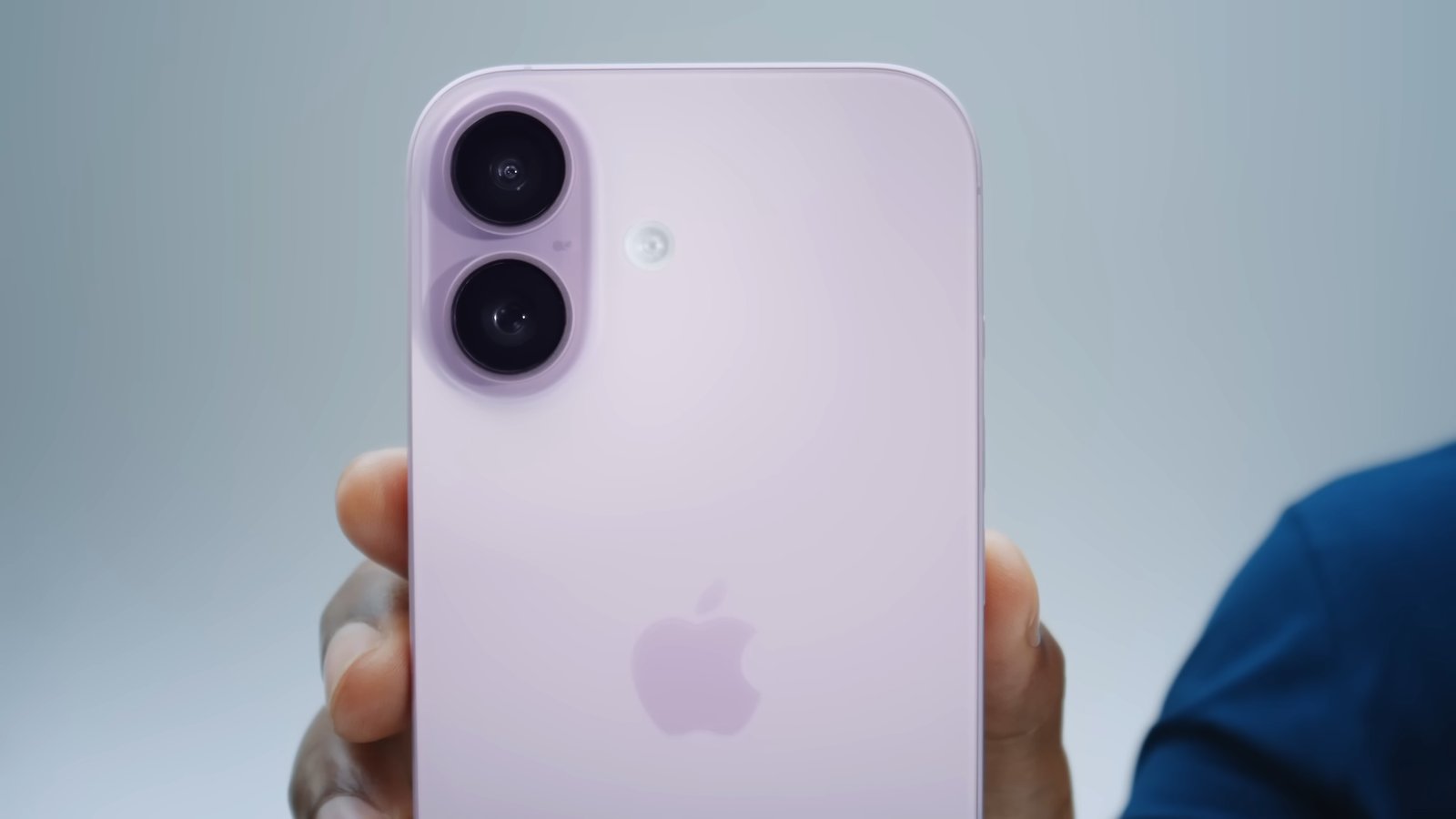
The Brand-New iPhone Air: Ultra-Thin Design Meets Pro Power
The most surprising entry this year is the iPhone Air, Apple’s thinnest iPhone ever. It’s just 5.6mm thick, which gives it an incredibly sleek feel in the hand. Despite its slim body, it packs serious power thanks to the A19 Pro chip — the same chip used in the Pro models.
The iPhone Air offers a spacious 6.5-inch display in a lightweight design, making it great for streaming, gaming, or reading on the go. Its build includes Ceramic Shield protection on both the front and back, offering three times more scratch resistance than previous models.
For photography, the phone features a single but powerful 48MP Fusion camera that acts like two cameras in one. It delivers sharp images and offers a 2x optical-quality zoom, while the Center Stage selfie camera captures everyone in group shots with ease.
The Air also supports features like Dual Capture, which lets you record yourself and your surroundings at the same time, and it provides solid all-day battery life. It’s ideal for people who want high performance in a lightweight, stylish design.
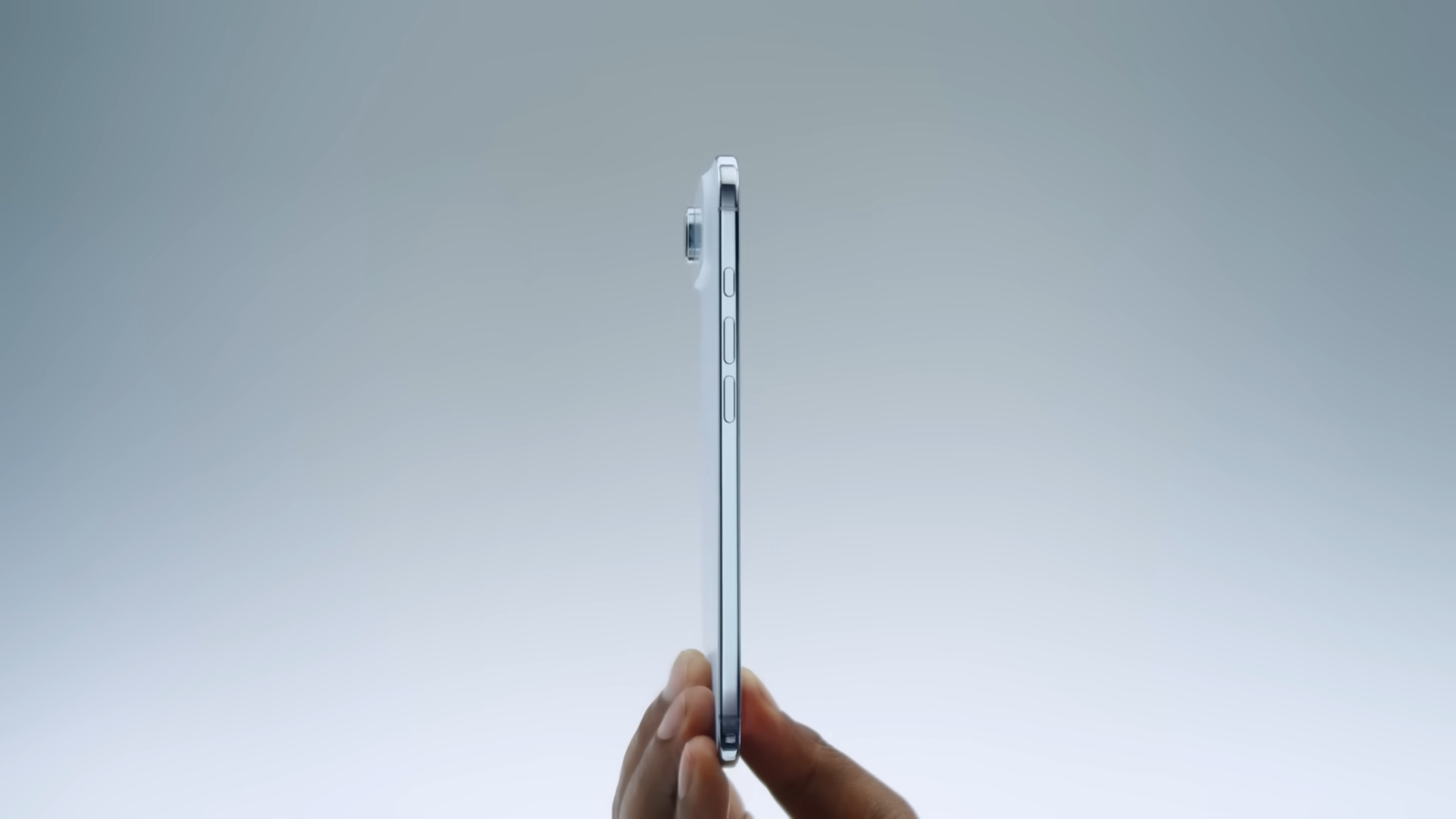
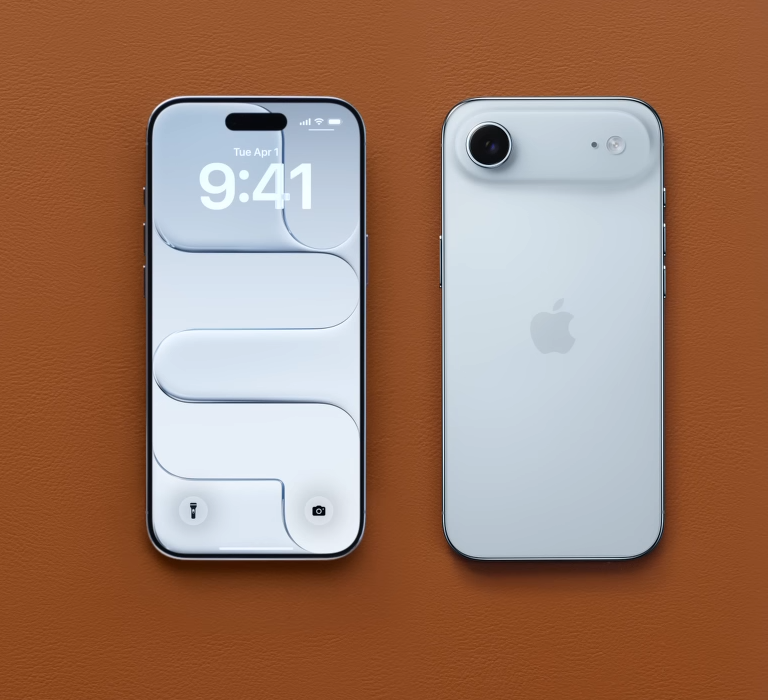
iPhone 17 Pro and iPhone 17 Pro Max: The Ultimate Flagships
At the top of the lineup are Apple’s new professional-grade models — the iPhone 17 Pro and iPhone 17 Pro Max. These phones are designed for users who want the very best Apple can offer in terms of performance, photography, and design.
The 17 Pro comes with a 6.3-inch display, while the 17 Pro Max offers a larger 6.9-inch screen. Both use the A19 Pro chip with a powerful 6-core GPU, enabling console-quality graphics for gaming and fast video editing. Apple has also introduced a new vapor chamber cooling system to keep the phones cool during heavy use.
A major design change is the aluminum unibody frame, which makes the phones stronger yet lighter than previous Pro models. Ceramic Shield now protects both the front and the back, making the back glass four times more crack-resistant.
Photography takes a huge leap forward with three 48MP rear cameras, including an improved telephoto lens that delivers up to 8x optical-quality zoom on the Pro Max. These phones are built for content creators, with professional-grade photo and video tools and the longest battery life Apple has ever offered on an iPhone.
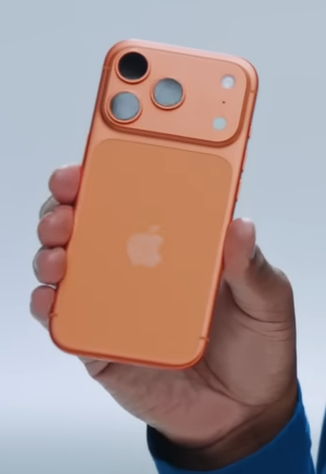
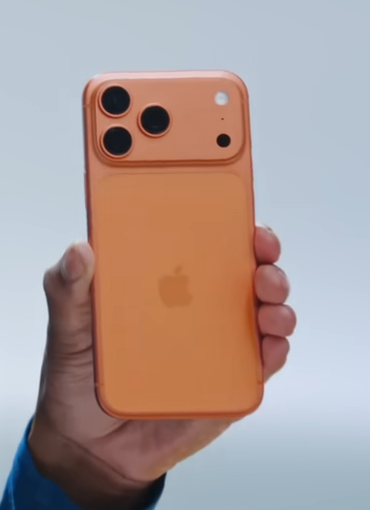
Center Stage and Dual Capture: New Camera Features Across All Models
One of the most exciting updates across the entire 2025 lineup is the new Center Stage front camera. This feature automatically adjusts the framing during video calls or group selfies to keep everyone in the shot. It works in both portrait and landscape orientation and can even rotate automatically.
Another feature, Dual Capture, allows you to record with both the front and rear cameras at the same time. This is perfect for vloggers, content creators, or anyone who wants to capture their reactions alongside the action happening in front of them.
Choosing the Right iPhone for You
With four strong models, deciding which iPhone fits your needs depends on your priorities:
-
iPhone 17 is perfect for everyday users who want power, smooth performance, and great photos without paying for professional extras.
-
iPhone Air is ideal for people who want the lightest and thinnest iPhone possible without giving up performance or camera quality.
-
iPhone 17 Pro is designed for users who want advanced features, a triple-camera setup, and professional-level performance.
-
iPhone 17 Pro Max is for those who want the largest display, the best zoom, and the longest battery life in the lineup.
Switching to the New iPhones Is Easy
Apple also makes upgrading easier than ever. Customers can trade in their old iPhone for credit, finance their new device, and even get help transferring their data at an Apple Store. AppleCare plans are also available to add extra protection for your device. Whether buying in-store or online, Apple’s support teams can guide you through setup and migration so you can start using your new phone quickly.
Final Thoughts
Apple’s 2025 iPhone lineup is the most diverse and advanced collection of iPhones yet. From the ultra-thin design of the iPhone Air to the powerhouse performance of the iPhone 17 Pro Max, there’s a model for every type of user. Each new iPhone brings stronger durability, smarter camera features, smoother displays, and more battery life than before.
Whether you prioritize portability, performance, photography, or all-around value, this year’s iPhones show how far Apple has pushed its smartphone technology. No matter which model you choose, you’ll be getting one of the most capable and polished iPhones Apple has ever created.

